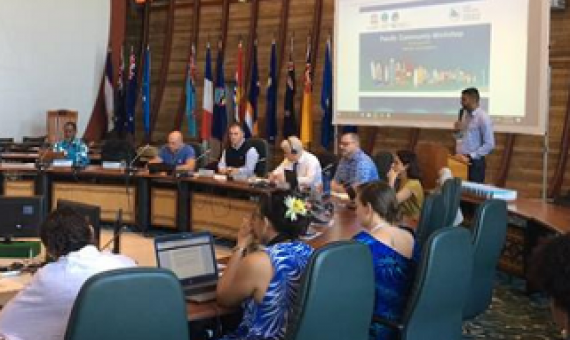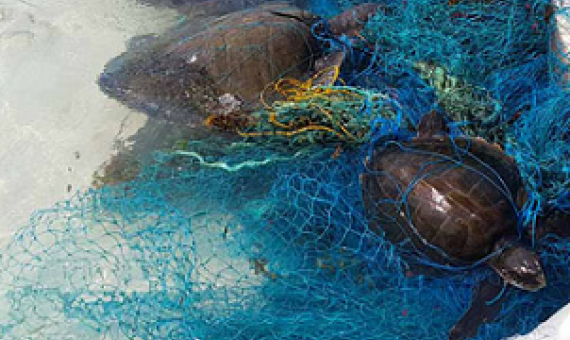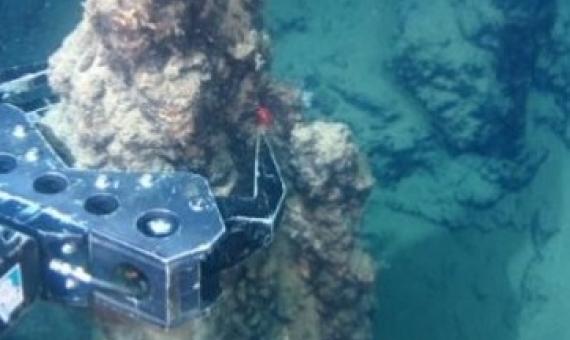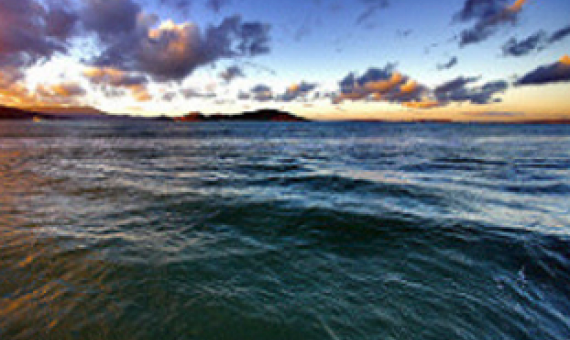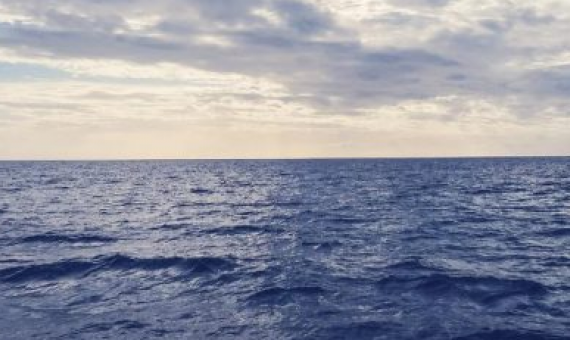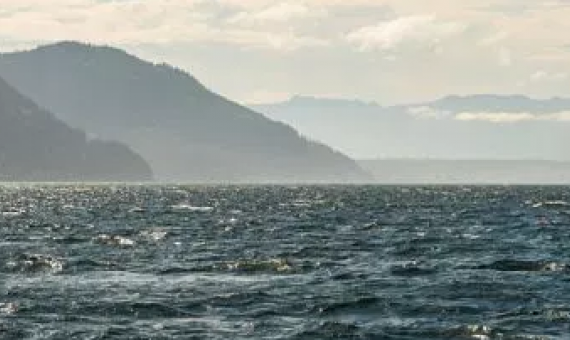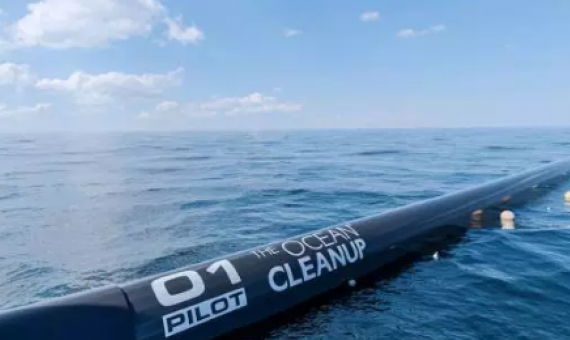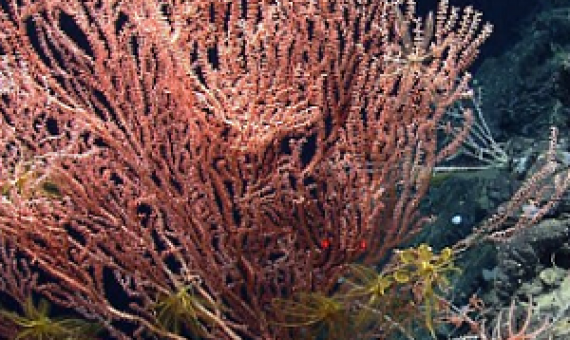A recent assessment by the UN concluded that the state of the oceans is failing, with changing balances and declining biodiversity and fish stocks.The UN plans to declare the 2020s the 'Decade of the Ocean', and the Pacific is the first of ten consultation points to work out what exactly it shoul
DEEP-SEA DILEMMA
The deep sea — usually defined as the realm below 200 metres — is a world of extremes. Temperatures near the sea bed in many places hover near 0 °C, there is next to no light, and pressures can exceed 1,000 bars, equivalent to having a couple of elephants standing on your big toe. But still life thrives. The deep sea contains a vast array of ecosystems that researchers have barely begun to study. The ocean floor holds vast deposits of ores containing sought-after metals.
WHY THE RUSH? - Seabed Mining in the Pacific Ocean
The Pacific Ocean is the scene of a new wild west. Companies and their investors, hungry for profits, are driving a speculative rush for seabed minerals. They are aided in this by donor government supported programs that promote the development of ‘responsible’ sea bed mining regulations. Globally, ocean ecosystems are under stress due to pollution, plastics, overfishing and climate change. The aspirations of sea bed mining companies will seriously compound these environmental stressors.
New research finds that thousands of sharks and rays could be entangled in the plastic polluting Earth’s oceans. Scientists at the UK’s University of Exeter examined existing scientific literature and took to Twitter to find documented instances of shark and ray entanglements.
The Deep Sea Mining Campaign, with other environmental NGOs, is asking why the world seems hellbent on mining the ocean floor...The waters around several Pacific nations have been at the forefront of the push to mine rare minerals that mining companies claim can be extracted with minimal damage t
The Pacific Islands Forum Fisheries Agency (FFA) and the Office of the Pacific Ocean Commissioner (OPOC) - in partnership with Conservation Strategy Fund, the Conservation Finance Alliance and the Wildlife Conservation Society - are pleased to announce
The UK’s joint project with American military firm Lockheed Martin is the largest in the world but poses risks to deep sea ecosystems. Click on the link below to read the full article.
The middle of the Pacific ocean marks the farthest point from land on the planet. This region is a little different than the others. The waters here are designated as the South Pacific Gyre or Point Nemo, which means that this area is inaccessible to the craft of any kind.
The Ocean Cleanup project has been redesigned and relaunched, as it makes its second attempt to clean up a giant pile of plastic concentrated in the Pacific Ocean. Last September The Ocean Cleanup made the world’s first attempt to clean the “Great Pacific Garbage Patch”.
Two expeditions sailed from Pearl Harbor today with a mission focused on ocean conservation.The National Oceanic Atmospheric Administration celebrated its 20th anniversary of the Pacific Reef Assessment and Monitoring Program by studying our coral reefs and the potential dangers they’re facing.

